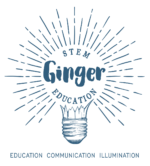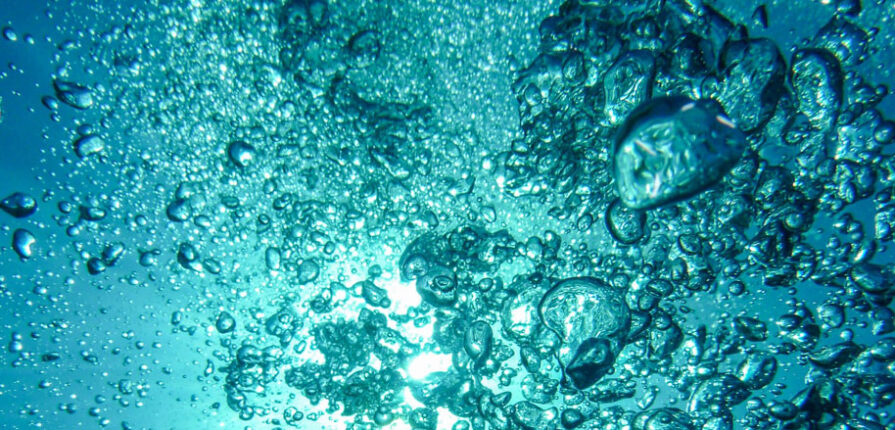Where do you get your water from? If you are as lucky as me, you turn on the tap and there it is. Water is a basic need that is taken for granted in many parts of the world. However, in Tanzania the situation is nowhere near as straightforward.
Tanzania is located in East Africa and is home to some of the largest freshwater sources in the world, including Lake Victoria, Lake Tanganyika, and Lake Nyasa. Despite this, access to clean and safe water is a significant challenge, especially in rural areas. But why is this?
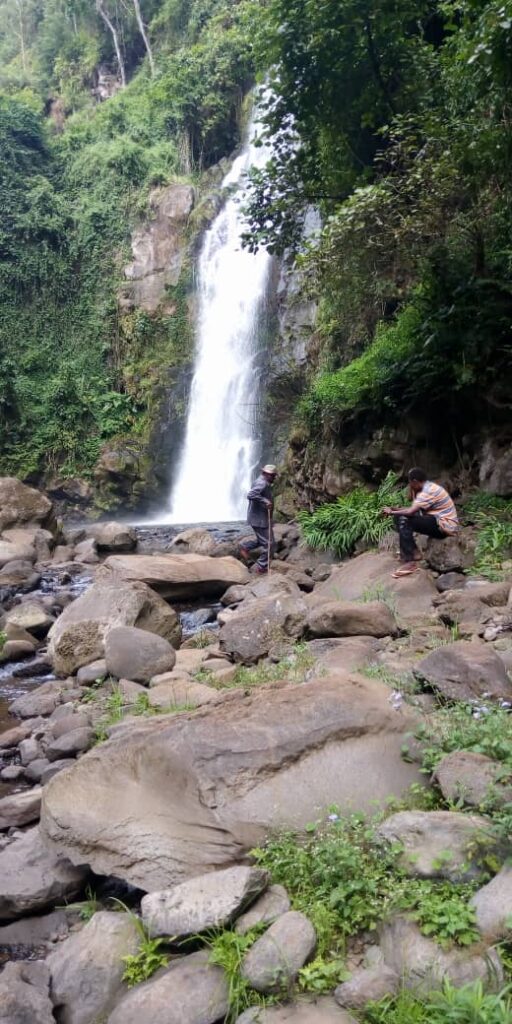
How easy (or difficult) is your daily access to water?
Get in touch and tell us about the WASH situation where you live: stemgingereducation@gmail.com
Collecting water in Tanzania
Each day, young people, particularly girls, have to walk long distances, sometimes several kilometers, to collect water from surface sources, such as rivers, lakes, dams and in some areas, from boreholes and shallow wells.
When taking part in the Environmental Warrior WASH project with STEM Ginger Education, the Kuleana Youth Empowerment group describes their trips up the majestic Mount Kilimanjaro to collect water.
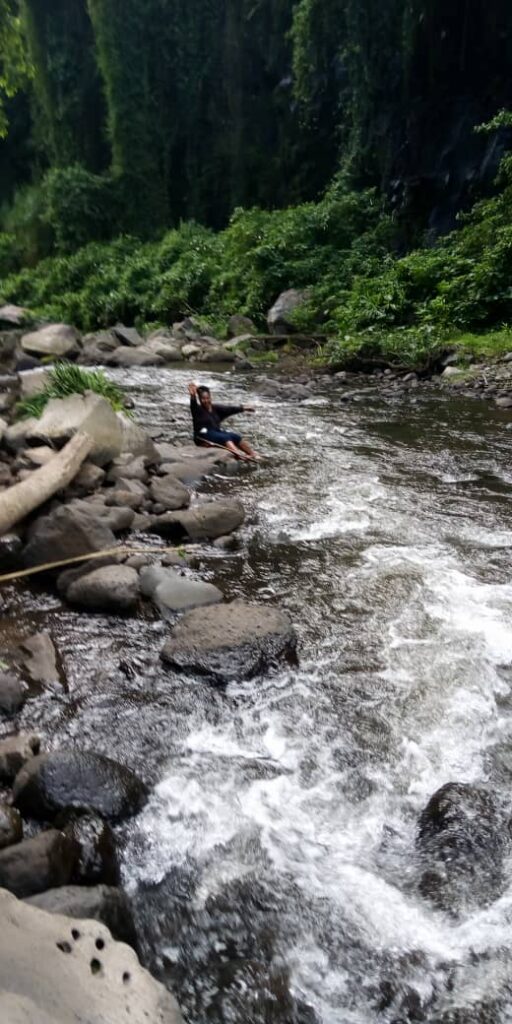
This daily trek is both time-consuming and dangerous. As they are often the responsible ones for collecting water for their whole families, girls are frequently prevented from going to school and completing their education, so that they have time for this laborious task.
In addition, the girls who embark on this trip risk being assaulted and raped, which results in a high number of teenage pregnancies in Tanzania (depending on the region, this figure lies between 5% and 45%), again, causing girls to end their education too young.
You can see the Kuleana Youth Empowerment group amazing work here. In their project, they also teach us about menstrual management in Tanzania, and how difficult it is for young girls in Tanzania to manage their menstrual cycle alongside their education.
Catherine Njau’s teachings on menstrual hygiene
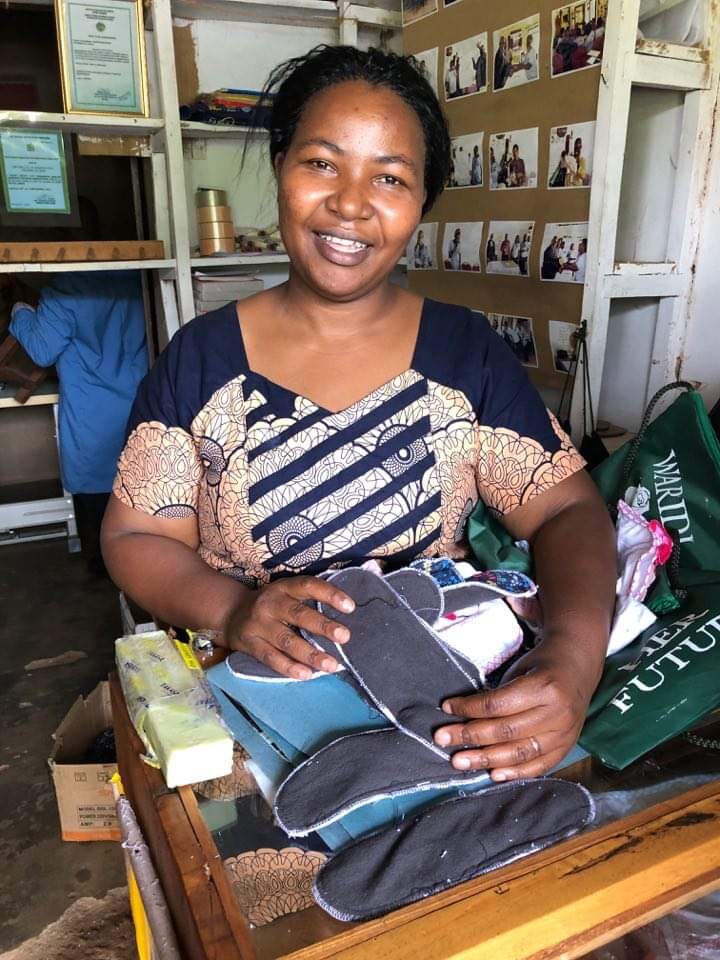
Catherine Njau‘s work is leading to reusable sanitary pads being more readily available, taps being installed in schools, and both boys and girls learning that having periods is totally normal. This is resulting in girls feeling able to continue going to school all month round and receiving a good education.
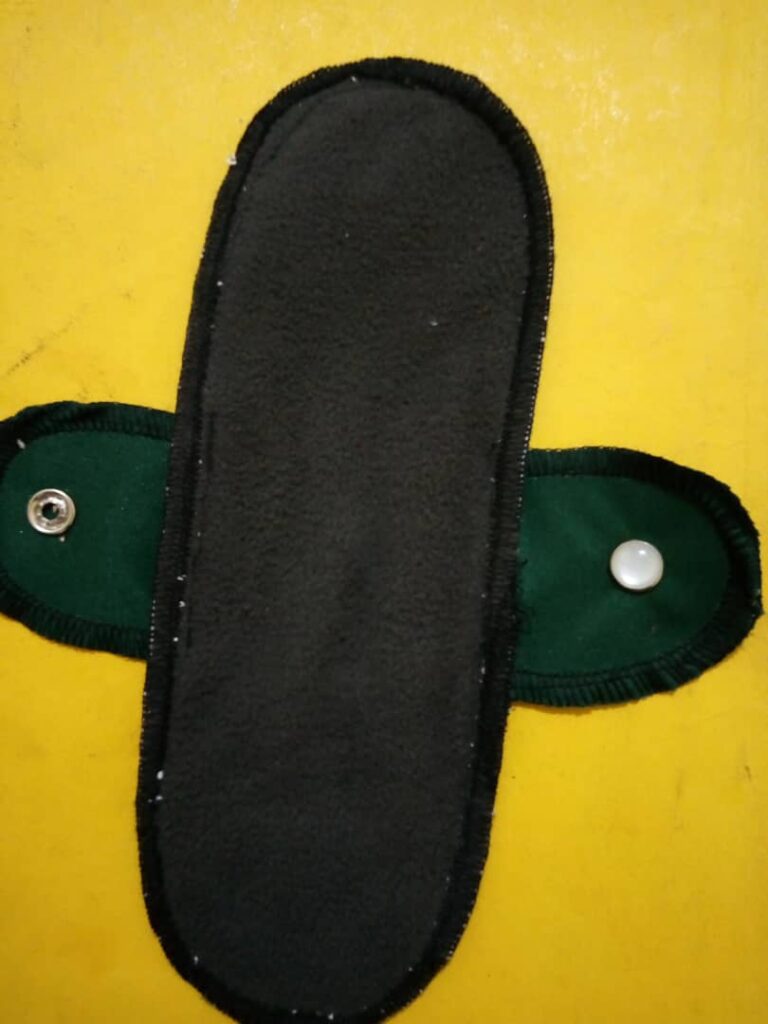
What can the WASH Environmental Warrior projects do?
The WASH projects run by STEM Ginger Education, seek to raise awareness of this precious resource.
STEM Ginger Education hopes to engage more and more young people in discussions about the importance of clean and safe water, and its impact on their daily lives.
These projects aim to provide a platform for young people to share their experiences of water accessibility, hygiene and sanitation, in different places around the globe.
So far we have learned about two very different situations: Oli’s experiences with WASH in Cadiz, southern Spain, and the Kuleana Youth Empowerment group’s experience in Tanzania.
Oli completed the Earth Warrior task, which requires identifying, collecting and evaluating water samples from near his home; the Kuleana Youth Empowerment group completed the Fire Warrior task, providing photos of water supplies near them and writing about their experiences collecting water from Mount Kilimanjaro.
What do the four Environmental Warrior tasks involve?
They offer different amounts of input and require different things for the learners to do:
Task A: Earth Warrior
· simple, thought-provoking activities.
· drawing pictures and writing words/short sentences.
Task B: Fire Warrior
· conducting surveys, interviews, drawing graphs.
· gathering data and/or opinions.
Task C: Air Warrior
· delving deeper into the project topic.
· exploration of work done by environmental organizations.
Task D: Water Warrior ·
· learner autonomy, critical thinking and creativity.
· choose an area of interest to focus on (guidance provided).
Get involved!
Tell us about WASH where you live
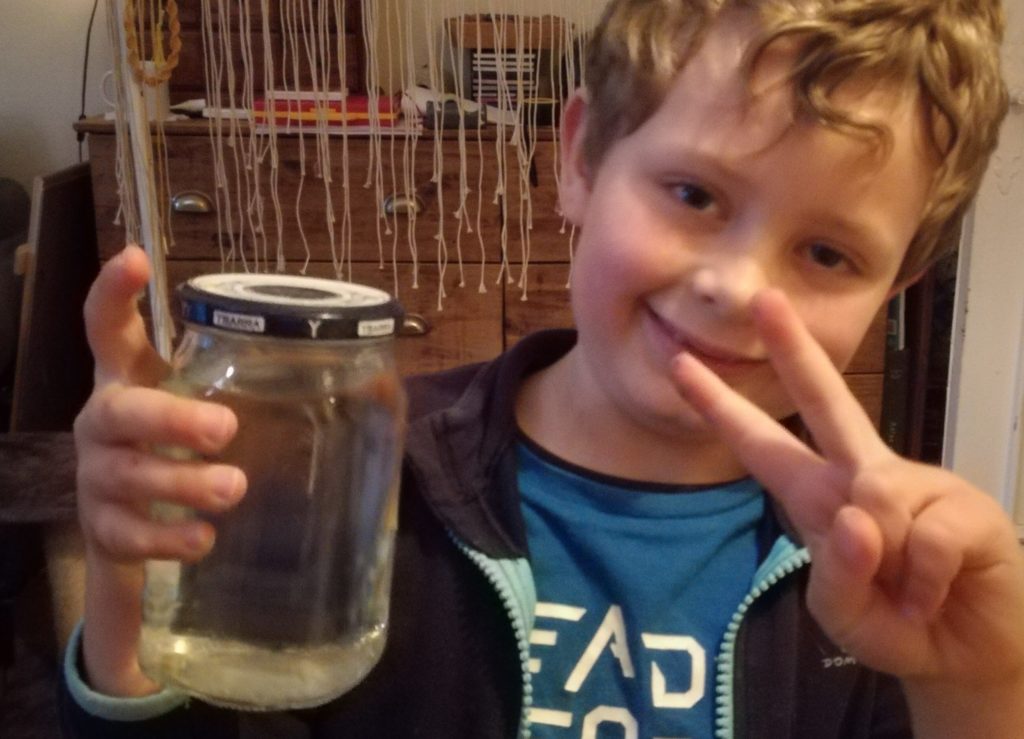
How do I get involved?
· Choose a task: Earth, Fire, Air or Water Warrior.
· Download your worksheets here.
· Complete them.
· Scan or photograph them.
Send your work to us at STEM Ginger Education: stemgingereducation@gmail.com
We are really looking forward to learning about the WASH situation where you live, and sharing your unique experiences with other Environmental Warriors around the world.

